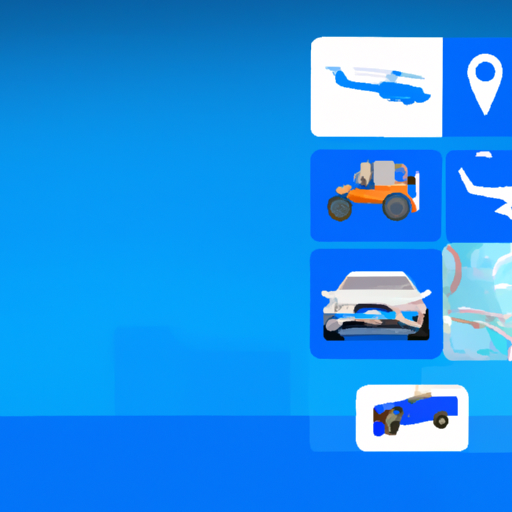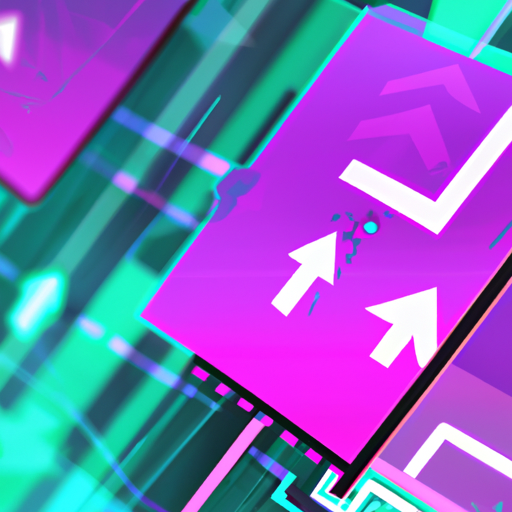“Web3: Revolutionizing Data Ownership and Privacy, Empowering Users for a Secure Digital Future.”
Empowering Users: How Web3 Transforms Data Ownership and Privacy

The advent of Web3, the third generation of internet services, is set to revolutionize the digital landscape by empowering users with unprecedented control over their data. This transformative technology is poised to redefine the concepts of data ownership and privacy, shifting the power dynamics from centralized entities to individual users.
Web3, also known as the decentralized web, is built on blockchain technology. It is a peer-to-peer network that eliminates the need for intermediaries, such as social media platforms or search engines, to manage and control user data. Instead, Web3 allows users to own and control their data directly. This paradigm shift in data ownership is a significant departure from the current Web2 model, where data is often harvested by corporations for profit, often without the explicit consent or knowledge of the users.
In the Web3 model, users have the power to decide who can access their data and for what purpose. This is made possible through the use of cryptographic keys, which are unique to each user and act as a digital signature. These keys give users the ability to encrypt their data, making it unreadable to anyone without the corresponding decryption key. This ensures that users’ data remains private and secure, even when it is stored on a public blockchain.
Moreover, Web3 also introduces the concept of ‘self-sovereign identity’. This means that users can create and manage their digital identities without relying on a centralized authority. In the current Web2 model, users’ identities are often tied to their accounts on various platforms, which can be easily manipulated or stolen. However, in the Web3 model, users’ identities are secured on the blockchain, making them tamper-proof and giving users full control over their personal information.
Web3 also promotes transparency and accountability. Since all transactions on the blockchain are recorded and publicly verifiable, it is nearly impossible for any entity to manipulate or misuse user data without leaving a trace. This level of transparency can help foster trust between users and service providers, as well as deter potential data breaches.
However, the transition to Web3 is not without challenges. For one, the technology is still in its nascent stages and there are technical hurdles to overcome, such as scalability and interoperability issues. Additionally, there are also legal and regulatory uncertainties surrounding data ownership and privacy in the decentralized web. Despite these challenges, the potential benefits of Web3 in empowering users and transforming data ownership and privacy are undeniable.
In conclusion, Web3 represents a significant step forward in the evolution of the internet. By giving users control over their data and privacy, it has the potential to disrupt the current power dynamics in the digital world. While there are still challenges to overcome, the promise of a more decentralized, transparent, and user-centric web is an exciting prospect. As we move towards this new era of the internet, it is crucial for users, developers, and policymakers alike to understand and navigate the implications of this transformative technology.


